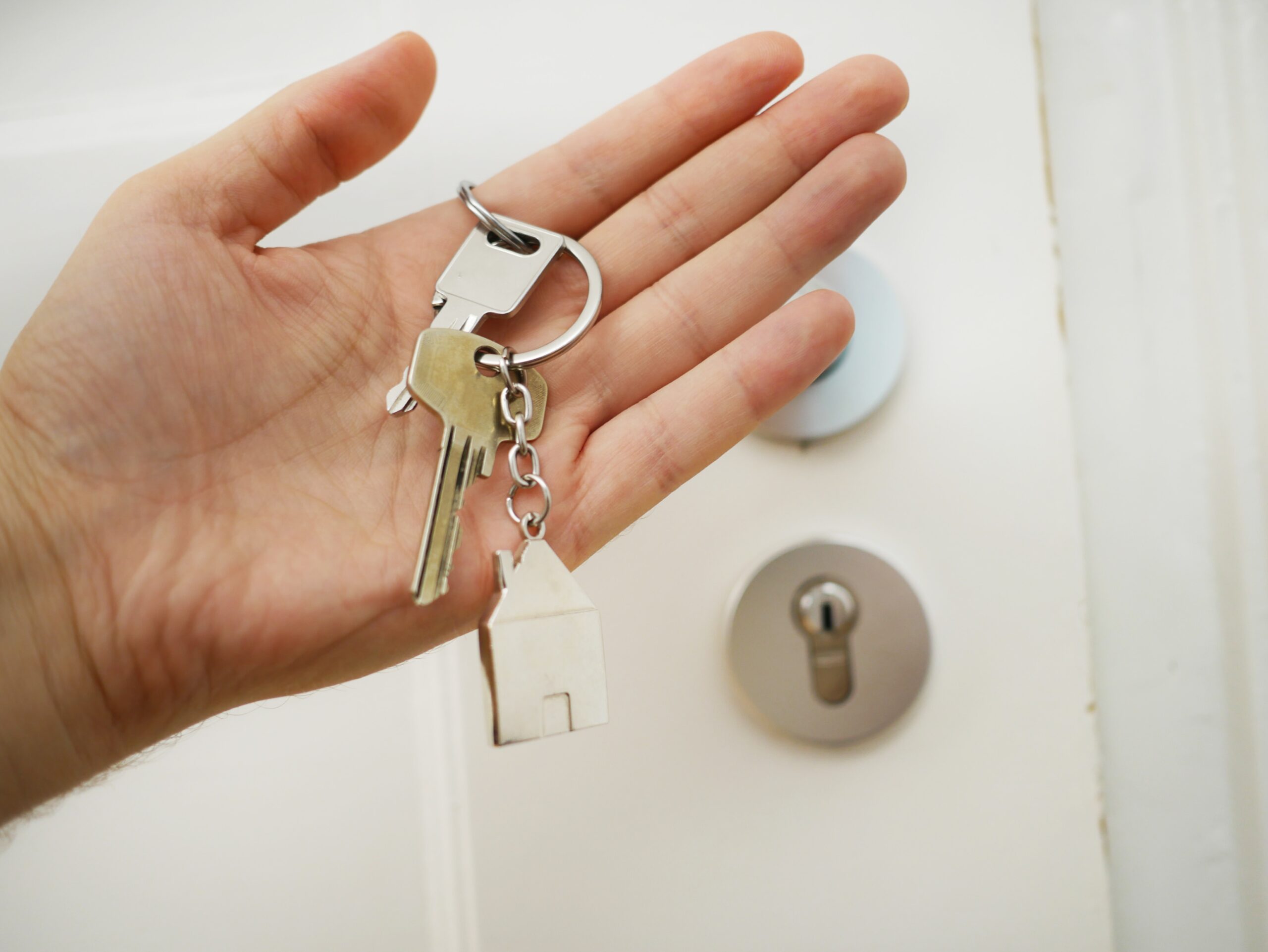The first thing to say is that, in a variety of ways, we are lucky compared to many others who are caught up in the building safety crisis. We have now managed to sell our flat and were fortunate enough to be able to buy somewhere new. Our flat wasn’t dangerous, and we never felt unsafe living there. We never needed nor had to pay for remediation work, or a waking watch. We weren’t bankrupted.
Despite all of this, it has been a very stressful few years. For us, the problems began in July 2020, when we first approached our housing association to find out what steps were needed for us to sell our leasehold flat. Along with some standard information, there was a note in their email to ensure we had read an attached letter. That letter was the first we had heard of the building safety scandal. It simply warned us that we may have difficulty selling as our building hadn’t been inspected recently, and that some mortgage lenders might not lend against our property. Even then, we didn’t imagine that this could disrupt our plans for the next chapter of our lives. But what followed was three-and-a-half years of confusion and frustration.
Our flat was in a four-storey building, under 11 metres in height. According to all the advice, it should have been out of scope of the crisis and should not have required an EWS1 form to prove it. There were no identified safety issues – the cladding was concrete, the insulation met regulations, and the building was only recently built in 2013. The London Fire Brigade even kindly came to look at our flats to reassure us that they were safe, and they had no concerns. Nevertheless, other residents in our building were finding that their attempts to sell their homes were falling through as mortgage lenders would request an EWS1 form. Our housing association wouldn’t pay for an inspection, stating that it wasn’t relevant for our building and wasn’t a legal requirement, and so we were unable to sell.
By now, we were expecting our second child, and needed to move out of our two-bedroom flat to a larger home. We lobbied our excellent local MP, joined protests, emailed the Government and raised awareness on social media – but that was the limit of our powers. Apart from the stress this caused, it was also very time-consuming alongside work and raising a young family.
At the start of 2022, it felt like our chances of moving on with our life were finally improving a little. The Government announced that they would make industry, not leaseholders, pay for the building safety scandal. There would also be a new funding scheme for mid-rise buildings. There was still no announcement for those in low-rise buildings, but the mood seemed more positive. So in spring 2022, we finally put our flat on the market in the hope that we might be able to sell. It took three attempts.
Neither the first nor the second buyer could get a mortgage offer. Our second buyer was refused a mortgage by Nationwide in July 2023, long after the leading mortgage lenders had announced they would be more supportive in lending on affected properties – and ours wasn’t even affected by any defects! It was a very drawn-out process and Nationwide asked so many questions and requested complex information which our housing association could not or would not provide.
Bizarrely, Nationwide was also our own mortgage provider. Quite why they refused to lend against a property they were already lending against is still perplexing to me, but despite writing to head office – and sharing our case study with the Department of Housing, who we asked to intervene – they held firm. It felt like we were caught between two dysfunctional and uncaring powers, with a Government that was entirely uninterested in helping us.
Our third buyer applied for a mortgage with Halifax, who approved it with no questions asked, towards the end of 2023. We still can’t understand the inconsistency and why one lender could accept the lack of an EWS1 and another wouldn’t. We finally managed to move just before Christmas 2023.
I found this whole process really hard to manage, being so drawn out and out of my control. I also felt that in general, people didn’t really understand it – often finding the situation so unbelievable that they would assume we hadn’t tried something obvious to solve it.
I found the cladding scandal social media groups very helpful for staying apprised of what was going on, although I set timers so that I wasn’t taking in too much. Had I not been reading the information these channels provided, I’m sure I would have given up and assumed all lenders would refuse to lend. It was so helpful to be aware of the inconsistency to give us hope! We were also lucky that we did have a nice flat with lovely neighbours, and I was aware that we had much to be grateful for; this kept us going.
We are now in our new house, slowly preparing to have a ceremonial shred of all the paperwork that documents the battle we have had. A year ago, I read Sophie’s story and can really relate to her describing a sense that she hadn’t been able to leave it behind yet – I constantly have to remind myself that it is over, and I don’t have to chase our housing association, a lender, a solicitor.
It had genuinely felt like we would never be able to move from the flat, and despite knowing our building was safe, I was always worried that our Housing Association would suddenly send us an enormous bill that we couldn’t afford under the guise of building safety work. Due to the height of our building, we would have been liable to pay. The intersection of the building safety scandal and the leasehold system is particularly cruel.
For us, we’ve had a good outcome. But it remains very sad to me that the first flat I bought, which was such an incredibly happy home – where I met my partner and brought my children home from hospital to, where we had incredible neighbours and so much fun – became so tainted by the struggle to move. Much more needs to be done to ensure other families don’t stay stuck and can move on with their lives like we finally have.
Our thanks to Laura for sharing her story and giving hope to leaseholders who are still trapped in the building safety crisis. You can also watch her video story on our Youtube playlist.
Have you succeeded in selling your flat or escaping the building safety crisis? If you would like to share practical advice about what worked for you in a future blogpost, so that others can benefit from your experience, then please contact us with an outline of your story. You can also submit your details to the leasehold mortgages website, where James is crowdsourcing information to help affected leaseholders who have not yet been able to remortgage or sell.
The End Our Cladding Scandal campaign calls on the Government to lead an urgent, national effort to fix the building safety crisis.
Follow us on Twitter
for important updates on the campaign, ways to get involved and new information





